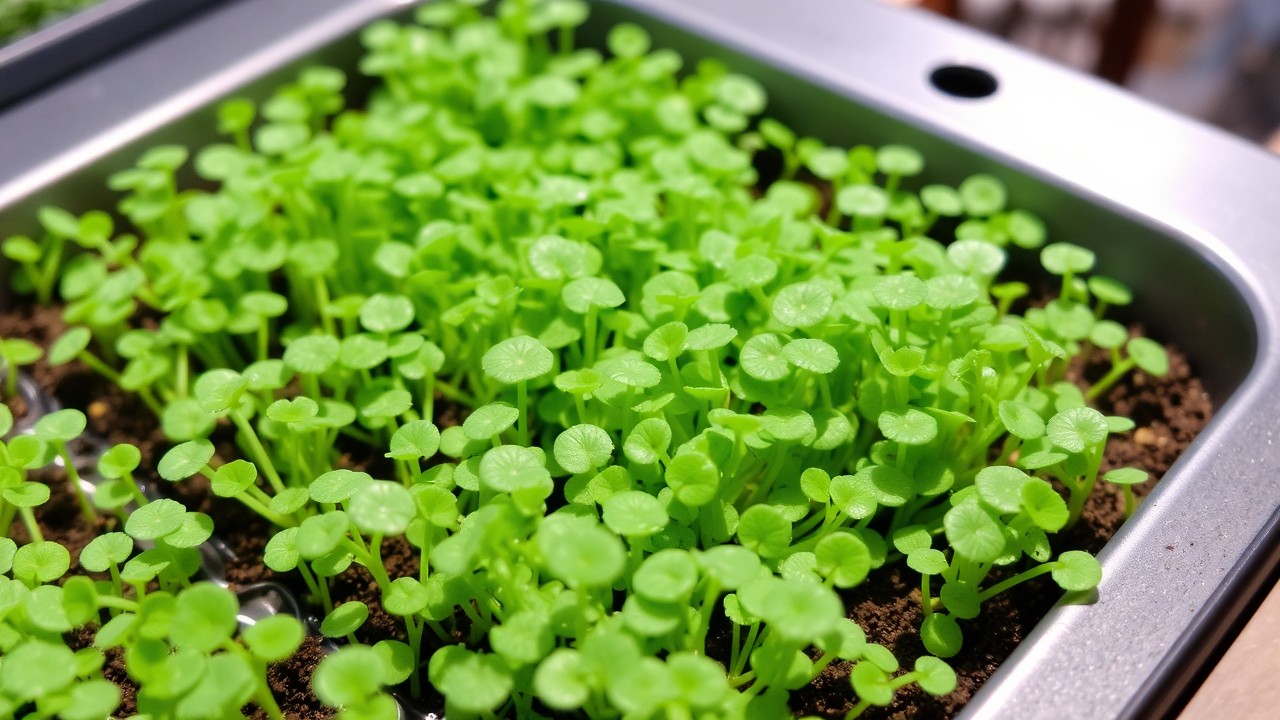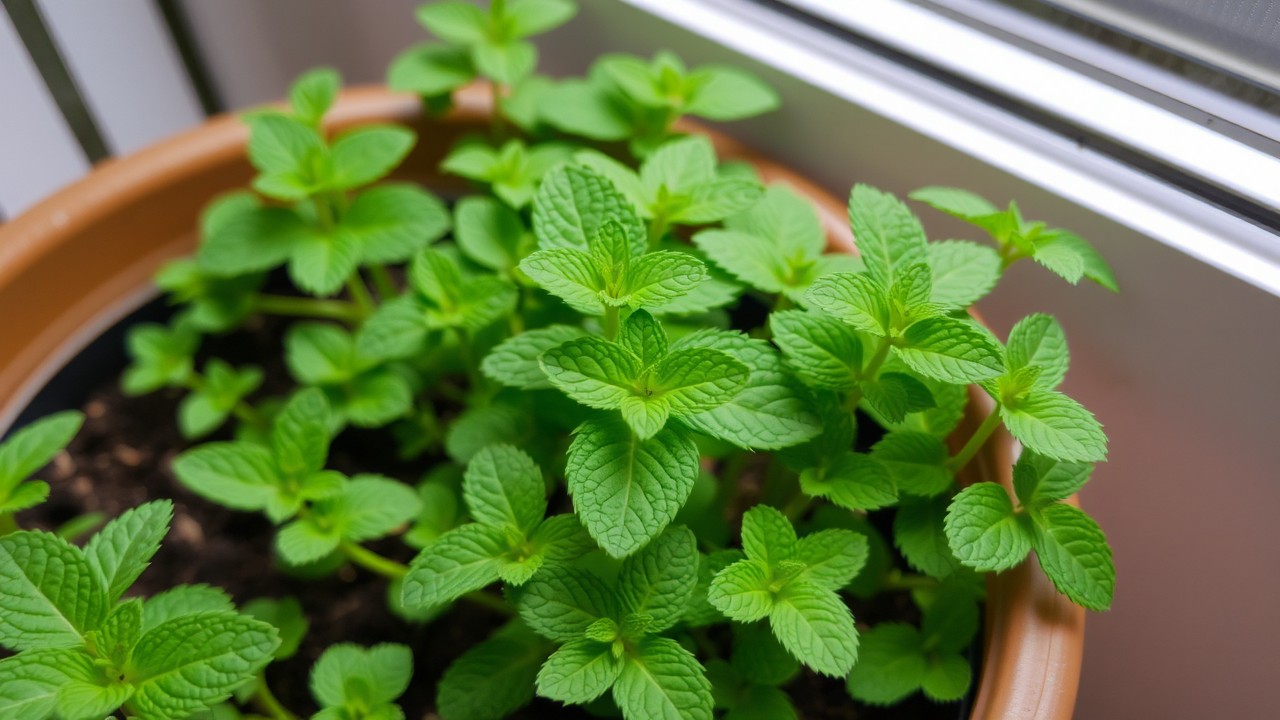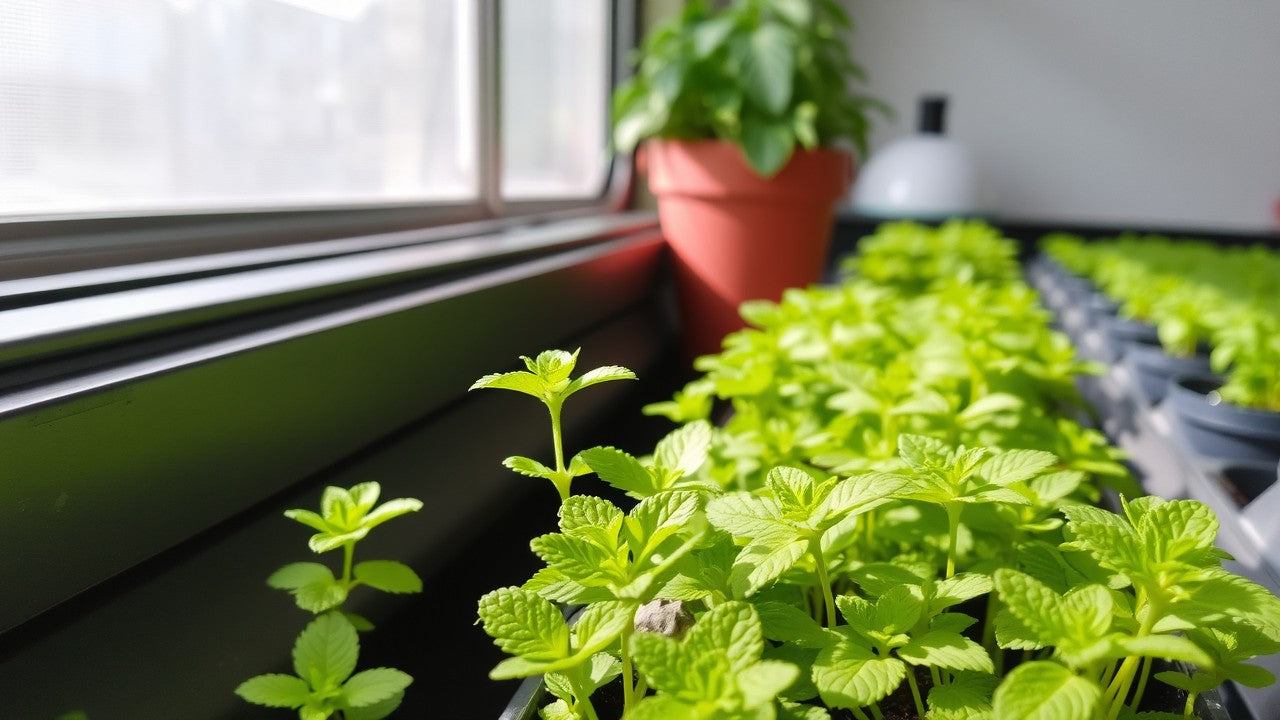The biting winds of February might keep you indoors, but that doesn't mean you have to forgo the simple pleasure of fresh, homegrown produce. Think of the pleasure of being able to harvest fresh herbs for dinner or a salad that you grew yourself—all in your living room. In this article, we'll explore the best options for indoor gardening for beginners, ensuring you have a rewarding and fruitful experience.
Why February is Perfect for Indoor Gardening
Although the weather in February is usually cool and often erratic, it opens opportunities to dedicate attention to house growing. You can create a controlled, nurturing environment right inside your home. You have control over light, temperature, and humidity, all of which, when kept at ideal levels, can promote the growth process. Useful indoor gardening hacks include the use of thermometers and hygrometers for monitoring.
Other indoor gardening hacks comprise starting seeds indoors in February and then gaining a significant head start on the traditional outdoor growing season. By the time the last frost date arrives, you'll have healthy, established seedlings ready to be transplanted outdoors, ensuring an earlier and more abundant harvest. This is why February is a good time for indoor vegetable gardening.

Best Crops for Beginners to Start Indoors in February
Some plants are simply more forgiving and easier to care for indoors, particularly during the shorter days of February. Below are some great options, categorized for your benefit, all of which are classified as one of the best indoor plants to grow in February.
-
Leafy Greens: They are typically high-rate, space-efficient, and thus ideal for indoor agriculture.
-
Lettuce: Select open-pollinated types such as 'Black Seeded Simpson' or 'Oak Leaf'. They germinate rapidly and can be harvested leaf by leaf, providing a continuous supply.
-
Spinach: Nutrient-packed and cold-tolerant, spinach thrives well indoors. Varieties like 'Bloomsdale' or 'Tyee' are good choices.
-
Arugula: This peppery green is fast-growing and provides a zingy taste to salads. ‘Astro’ or 'Rocket' are common, easy-to-find varieties that are perfect fast-growing crops for indoor gardens.
-
Herbs: Fragrant and useful, herbs are excellent to grow in the house and add fresh flavor to your food.
-
Basil: Choose compact varieties like 'Spicy Globe' or 'Genovese.' Provide plenty of light, and you’ll be rewarded with abundant leaves.
-
Mint: Mint is vigorous and easy to propagate from cuttings. It's best to keep it in its own pot, as it can spread rapidly.
-
Radishes: These root vegetables are very rapidly maturing and therefore ideal for novice users seeking quick (real) results. Choose round varieties like 'Cherry Belle' for indoor containers.
-
Microgreens: Not quite fully formed vegetables, but these baby greens are packed with flavor and nutrients. They can be easily cultivated indoors in shallow trays, harvested within a few weeks, and are presented as an example of fast-growing crops for indoor gardens.
The above crops are particularly good and are known to be indoor vegetables and low-maintenance plants for February.

Step-by-Step Guide to Starting Indoor Crops
Gathering Supplies
Start by collecting the necessary materials. You'll need pots or containers with drainage holes, a good quality potting mix designed for containers, the seeds or starter plants of your chosen crops, a watering can with a gentle spout, and labels for your plants. There will also be a need for a source of natural or artificial light.
Preparing the Planting Area
Select any location with sufficient natural light, preferably a south-facing window, if available. When natural light is not available, buy a grow light. Place your containers and pots in the desired location and keep some space between plants for air circulation. Make sure the area is accessible to assist with daily care.
Planting Your Crops
Fill your pots or containers with potting mix, with about an inch of space from the top of the pot. For seeds, see the instructions on the seed packet (generally, plant at a shallow depth). When starting with starter plants, gently take them out of their original containers and plant them at the same depth in your new pot. Immediately after planting, lightly water the soil so it is evenly moist.
Ongoing Maintenance and Monitoring
Regularly check for pests or diseases and treat any issues early using organic or appropriate solutions. Prune any dead or yellowing leaves to encourage more new growth, and keep an eye on your plants for signs that they need to be transplanted to a bigger container as they grow.
This hands-on guide offers a basic method for anyone wishing to try indoor gardening for beginners so that it becomes easy for them to enjoy home-grown vegetables.
Tools and Products to Help Beginners Succeed
-
Grow Lights: As described above, grow lights play an important role in ensuring sufficient light, particularly during the winter season. Using grow light is one of the most useful indoor gardening hacks.
-
Seed Starting Trays and Kits: These provide a convenient and organized way to start multiple seeds at once. The presence of humidity domes for a mini-greenhouse effect is common in most kits.
-
Self-Watering Pots: These pots are furnished with a built-in reservoir that supplies a steady moisture source to the plant's root system, hence avoiding watering problems.
-
Heating Mats: These mats offer a soft bottom heat which can greatly enhance the germination of seeds, particularly in case of heat-tolerant plants.
-
Humidity Domes: These clear plastic covers fit over seed trays, trapping moisture and creating a humid environment that promotes germination.
- Size: 71" x 36"
- Height:36"
- Benefits: Easy Management, Versatile Door, Sturdy Frame
Tips for Staying Motivated as a Beginner Gardener
-
Start Small: Don't get overwhelmed by trying too many plants or big projects. Focus on one or two easy crops initially and gradually expand as you gain confidence.
-
Join Online Communities: Online gardening forums and social media groups are great places to share your experience, ask questions, and find inspiration from other gardeners.
-
Experiment: Have no fear of experimenting with different types of plants and with different methods. Growing up is a good experience and you may find that unexpected item to be your comfort crop.
Conclusion
Indoor vegetable gardening is a great way to enjoy fresh produce year-round, and it's a fun and time-killing hobby for people of all ages. Based on understanding indoor gardening for beginners to choosing the best indoor plants to grow in February, this article gives the information you need to start your gardening adventure. Since (with help) you now know about simple plants suitable for growing indoors, it is time for you to start a plant indoor garden and acquire a rewarding feeling from your work.










